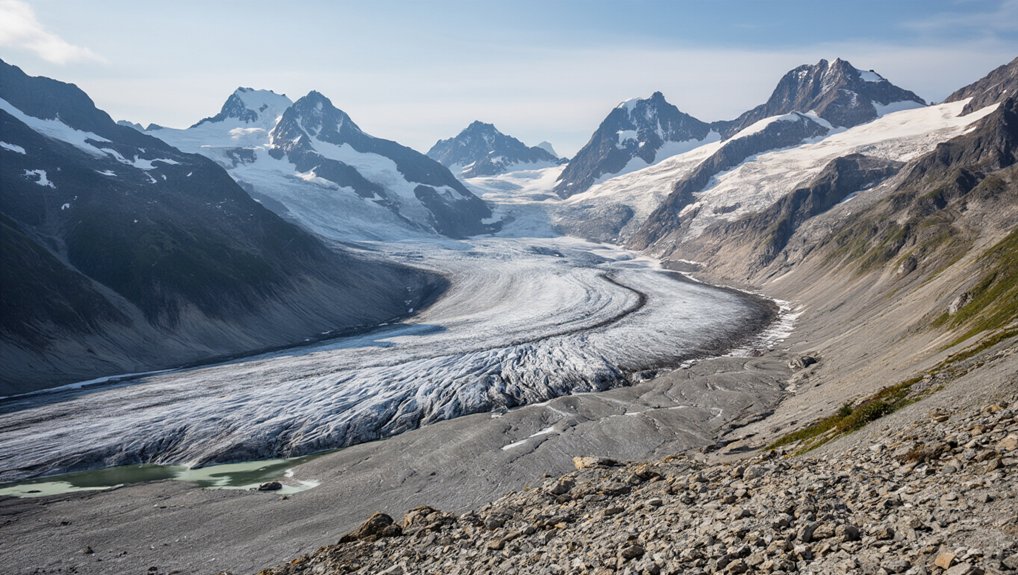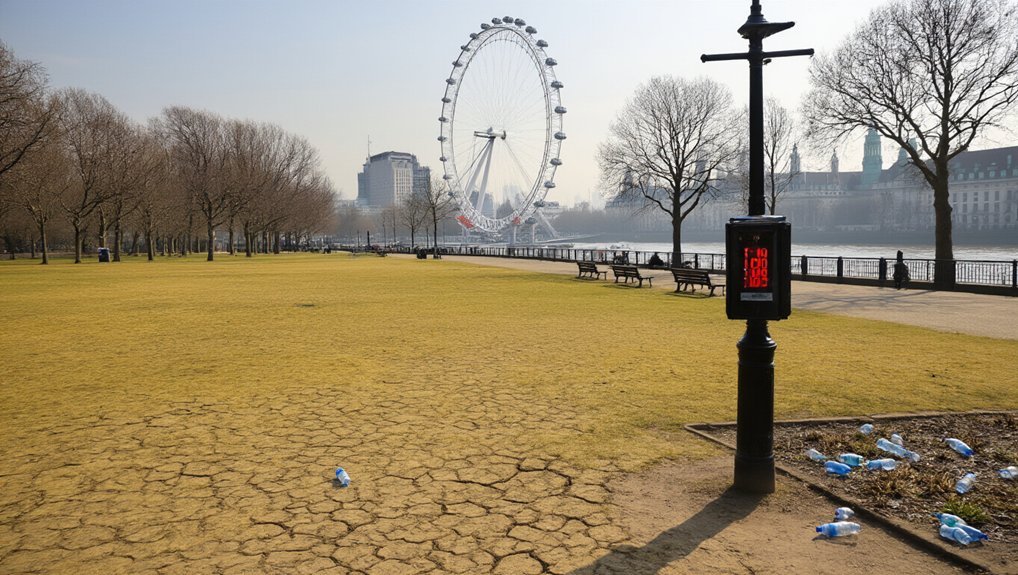Brazil’s energy system is in trouble, thanks to Amazon deforestation. With 11,568 square kilometers lost in 2022 alone, the consequences hit harder than expected. The Amazon creates “flying rivers” that fuel hydropower plants generating 60% of Brazil’s electricity. No trees, no rain. No rain, no energy. Deforestation could slash hydropower output by up to 10%, costing millions annually. Indigenous territories might just be the unexpected heroes in this power crisis.
Brazil’s Amazon rainforest is disappearing at an alarming rate. In 2022 alone, an estimated 11,568 square kilometers vanished – that’s a whopping 48.2% increase compared to the previous decade’s average.
Sure, 2024 brought a 30.6% decrease in tree cutting, the lowest in nine years, but don’t break out the champagne just yet. Fire hotspots jumped by 70% in the same timeframe. One step forward, two leaps back.
The damage is staggering. Between 2001 and 2020, the Amazon lost over 54.2 million hectares of forest. That’s basically France. Gone. Poof.
The Amazon’s vanishing act: 54.2 million hectares – an entire France – erased from Earth’s green canvas in just two decades.
Farmers clearing land for soy and cattle, illegal loggers, miners, and developers all played their part in this green massacre. Pará, Amazonas, and Mato Grosso states got hit hardest. Thanks a lot, guys.
This isn’t just about pretty trees. The Amazon creates “flying rivers” – massive air currents that carry moisture across Brazil.
No trees, no rainfall. No rainfall, no agriculture. Simple math. The forest also stores carbon dioxide – a lot of it. Cut it down, and that CO₂ heads straight into our atmosphere. Great job, humans.
Here’s where it gets truly ironic. Brazil relies on hydropower for 60.2% of its electricity. Those dams need water. Water comes from rain. Rain depends on forests.
See the problem? Deforestation could slash energy generation by 2.5% to 10% at key hydroelectric plants, affecting about 330,000 people annually. Even the Paraná Basin, far from the Amazon, could lose 3% of its generation capacity.
The financial hit? About $21 million annually in energy revenue alone. Not exactly pocket change.
During the Bolsonaro years (2019-2022), deforestation exploded, with 45,586 square kilometers destroyed – an area larger than Denmark. Environmental regulations got weaker, enforcement got softer, and trees got scarcer.
Amazonas state, which saw a 13.1% increase in deforestation compared to 2021, exemplifies the accelerating destruction in previously less-affected regions.
The connection is clear. No trees, no rain. No rain, no power. No power, big problems. Indigenous territories, which account for 41.6% of land influencing the Teles Pires hydroelectric plant, are critical for maintaining Brazil’s energy security. Maybe we should rethink this whole cutting-down-the-rainforest thing.
Despite these environmental challenges, hydroelectric power remains valuable as a zero-carbon electricity source that can operate reliably for decades while supporting other renewable energy systems.








